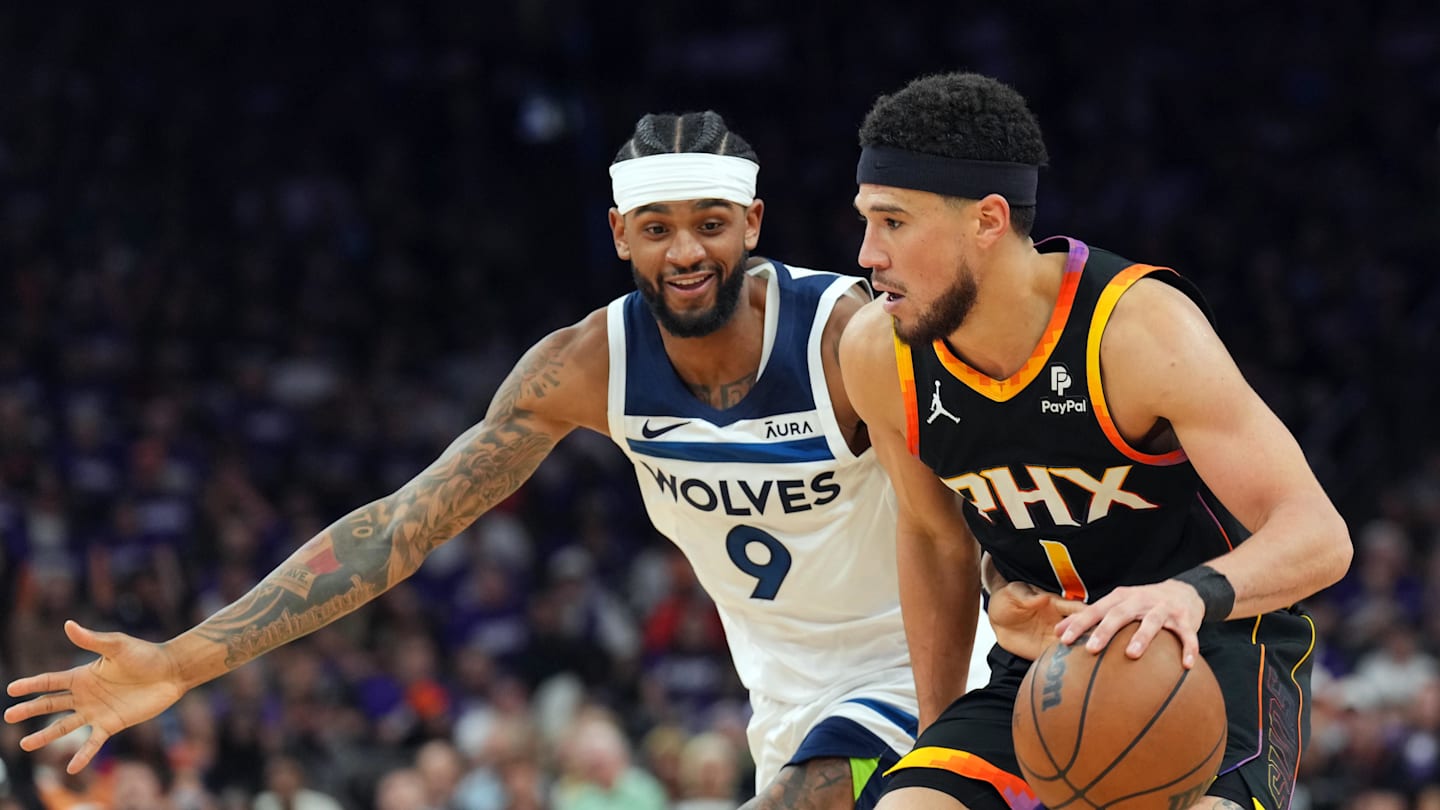PHOENIX – The Phoenix Suns are set to begin preseason in just a month, ahead of the highly anticipated start of the regular season on Oct. 23.
Naturally, the dawn of a new season brings its share of predictions, speculations, and everything in between.
The Suns’ next season will be no different.
Three bold predictions for the upcoming season, in our opinion:
Jones finished ninth in the NBA last season with 7.3 assists per game, so this approach doesn’t seem very bold at first glance.
With added context, the former Washington Wizards PG will be competing with Chris Paul, Domantas Sabonis, James Harden, LeBron James and possibly other star players to be in the top 5 in APG numbers – it’s simply a stacked field vying to complete a roster that will almost certainly be led by Nikola Jokic.
On the other hand, Jones averaged 7.3 assists per game for the aforementioned Wizards – where the top three scoring options were Jordan Poole, Kyle Kuzma and Corey Kispert.
Giving Jones plenty of opportunities to push the pace of a potentially explosive offense full of floor space and elite shooting could very well push his assist total to nine or more per game – it’s not entirely inconceivable.
Phoenix re-signed Royce O’Neale, Josh Okogie and Damion Lee to contracts that appear to be player-friendly at first glance, but the structure of the deals suggests management is considering potential trades that could be made in February.
Also, don’t underestimate Grayson Allen, who could be traded in December. Allen remains the biggest upside the franchise can actually give up via trade.
Jusuf Nurkic will remain in the trade discussion, but if he truly takes a step forward as a box player this season, it will be difficult to justify moving him. If he doesn’t, his value won’t increase, so it would be impractical to move him for any reason other than a salary cut.
Either way, don’t be surprised if the roster that starts the season isn’t the same one we’ll see by the All-Star break.
This shouldn’t be seen as a hot take, either. Still, bookmakers and media outlets largely have the Suns in the 5-8 seed range, citing an overall improvement among Western Conference teams as a whole.
In Phoenix’s defense, they managed to finish last season with a 49-33 record, arguably with as much bad luck as anyone outside of the Milwaukee Bucks. They avoided the dreaded play-in tournament despite historically poor fourth-quarter offense and turnovers at far too many inopportune times.
The additions at point guard, Mike Budenholzer’s track record and a seemingly rejuvenated trio of stars indicate that the Suns are once again a “top-tier” quality team – and thus one that will build on last season.

